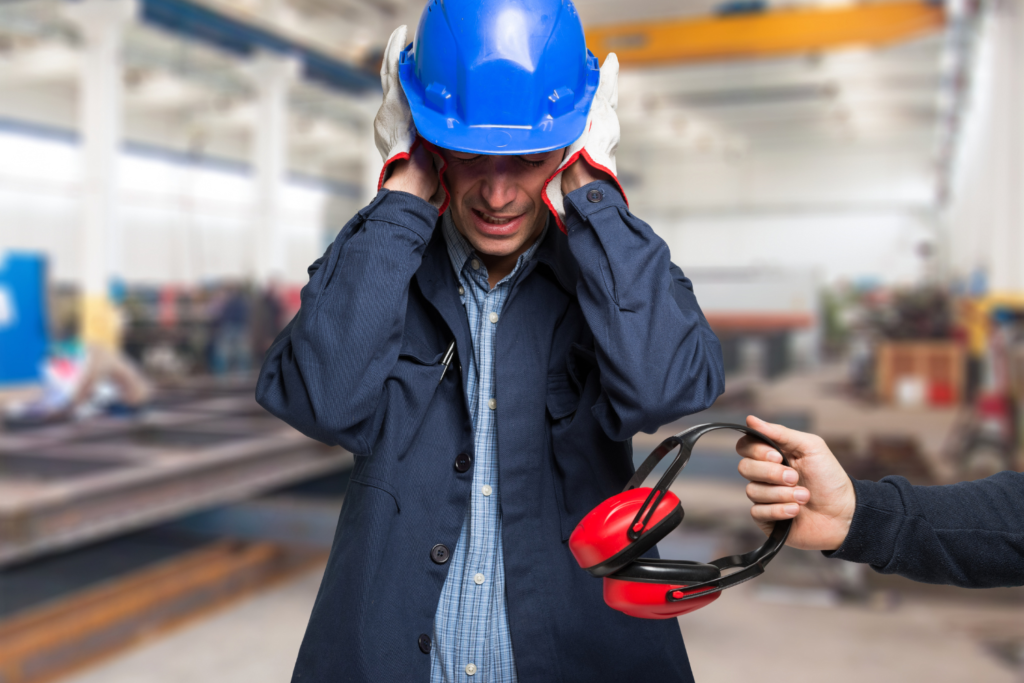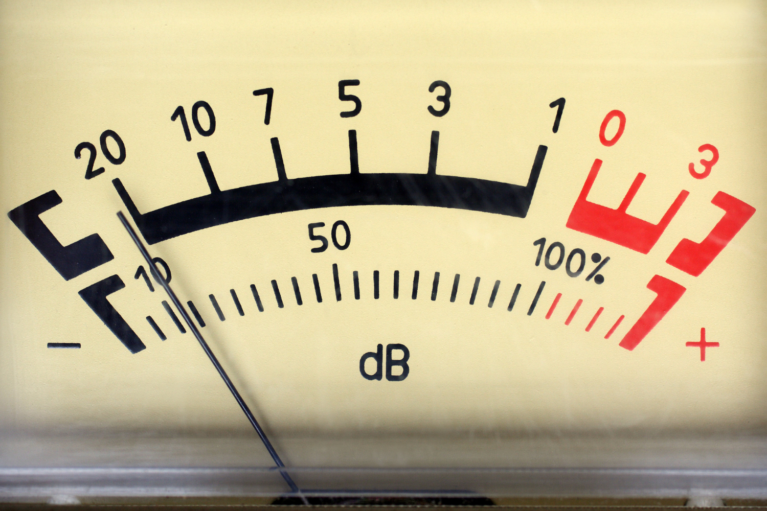Wondering how loud generators are? This is an unsurprisingly common question considering that noise is a critical factor when buying a generator.
While fuel consumption, durability, and power output are major considerations when selecting a generator, you must also consider the generator dB levels and take steps to reduce them, as they can be detrimental to the human ear.
As per OSHA (Occupational Safety and Health Administration), continuous exposure to high noise levels can lead to hearing loss over time, posing a serious health risk to those working nearby.
With several people embracing the joy of energy independence, it’s no wonder that demand for silent generators has escalated. In this article, we’ll walk you through generator noise levels, sound-attenuating enclosures, and more to help you choose the best generator for your needs.
Table of Contents
What is dB(A) in Diesel Generators?
Noise is measured in dB(A) (A-weighted decibels), which refers to the loudness of all sounds emanating from a working diesel generator.
For diesel generators, dB(A) levels are calculated in ‘Free Field Conditions’ – a generator is tested in the open without obstructions and buildings. Manufacturers provide generators with a dB(A) rating at a set distance. For instance, 80 dB(A) at one meter.
Generally, acoustically enclosed or canopied generators range from 75-85 dB(A) at one meter. Lower dB(A) ratings escalate the price. Generator noise levels are logarithmic, i.e., a 40 dB(A) noise level is nine times as loud as a 20 dB(A) noise.
What are Generator Noise Levels?
Due to the nature of diesel generators, they can produce unwanted sounds that can be painful for humans. The volume of sound produced is called the decibel noise level.
While humans generally tolerate noise levels up to 85 dB(A), sound levels above this can impact their quality of life and productivity. The decibel noise levels between 100-125 dB(A) are considered uncomfortable and harmful.
Hence, all operating appliances or machines must generate acceptable noise levels to ensure the well-being of the surrounding people.
Why Do Generator dB Levels Matter?
As per the World Health Organization, noise pollution is the 2nd biggest environmental cause of health issues after air pollution. When it comes to the adverse environmental impacts of diesel generators, noise pollution is seldom incorporated into the criticism.
A 1500 kW diesel generator model can produce about 105 dB(A), which can be as loud as a jet plane 1000 feet above your head. High levels of noise pollution not only annoy people in surrounding areas but can also damage human health in many ways.

Furthermore, many communities have developed noise regulations that apply to noise-producing machines like standby generators, air conditioning units, etc. Thus, controlling unwanted noise from generators becomes paramount to protecting the health of your employees and neighbors.
Sources of Generator Noise
The following are four major sources of genset noise:
- Induction noise ranging from 80 dB(A) to 90 dB(A) at one meter, resulting from fluctuations in current in the alternator windings.
- Engine noise ranging from 100 dB(A) to 121 dB(A) at one meter is caused by combustion and mechanical forces.
- Engine exhaust ranges from 120 dB(A) to 130 dB(A) without an exhaust silencer.
- Cooling fan noise ranging from 100 dB(A) to 105 dB(A) at one meter is caused by the sound of air being moved at high speed through the radiator and across the engine.
What are Sound-Attenuating Enclosures?
Usually built from aluminum or steel, sound-attenuating enclosures are generator housings that create a noise control barrier to reduce noise levels by up to 40 dB(A) while also offering some weather resistance.
Acoustic insulating materials, exhaust silencers, and isolation mounts are other effective sound-reduction tools that can benefit your workers and the community.
Types of Generators Based on Noise Levels
The following are three types of generators based on the generator dB levels:
- Generators with dB levels less than 120 dB: These generators produce more than 75 dB of noise but less than 120 dB. They are ideal for large manufacturing industries and firms as they provide more power output.
- Generators with dB levels less than 75 dB: These generators produce less than 75 dB of noise and are ideal for commercial areas as they provide high power output.
- Soundproof/ Silent Generators: Built with a high-quality soundproofing enclosure that reduces the generator vibration & noise, quiet diesel generators are ideal for silent zones like hospitals, schools, etc.
Diesel Generator Noise Reduction
Here are some effective noise reduction measures for diesel generators:
- Engine Improvements: Most manufacturers strive hard to produce ultra-quiet generators through improvements in turbocharging, internal combustion controls, and fuel injection technology. New models focus on vibration reduction and smooth-running engines.
- Maximizing Distance: A simple yet effective way to solve noise ordinance problems is to select a location as far as possible from the community. The absence of reflecting walls to magnify the generator sound can reduce the noise level significantly.
- Diesel Generator Silencers and Mufflers: Exhaust silencer or muffler helps reduce emissions and exhaust noise levels. Built from stainless steel or cold-rolled steel, silencers come in two major varieties – Chamber-type and Spiral-type. Both types provide enough attenuation for several applications.
Wrapping Up!
To sum it up, generator noise mitigation is a significant subject that reduces the impact on neighbors or employees and meets local noise regulations. Working closely with the generator manufacturer, local regulators, acoustic specialist, or consulting engineer can help you meet your project’s sound-attenuation objectives.
Get in touch with Mid-America Engine for additional technical support. You can email or call us for a one-on-one conversation with our experts. Our team of experienced professionals can help you find the best energy solution you require.
FAQs about Generator DB Levels
How does distance impact generator noise levels?
Distance has an indirect relationship with sound. Halving the distance from the generator set will increase the noise levels by 6 dB, while doubling the distance will decrease the noise level by 6 dB.
What are the OSHA standards for noise levels at work?
OSHA’s permissible exposure limit (PEL) for noise is 90 dB(A) for all employees for an 8-hour day. Failure to comply with these standards can lead to hefty government penalties.
How is generator noise measured?
Generator noise levels must be measured in a “free field environment” with no effects from the sound being reflected from boundaries or obstacles. Acoustical consultants use an octave band filter set and a sound level meter for detailed analysis.
What is acoustic insulation?
Directing sound at a wall covered in noise-absorbing material is a great strategy to reduce generator noise. Materials like foam or fiberglass resistant to engine contaminants are available for covering ceilings, walls, and lining air ducts.








Leave A Comment